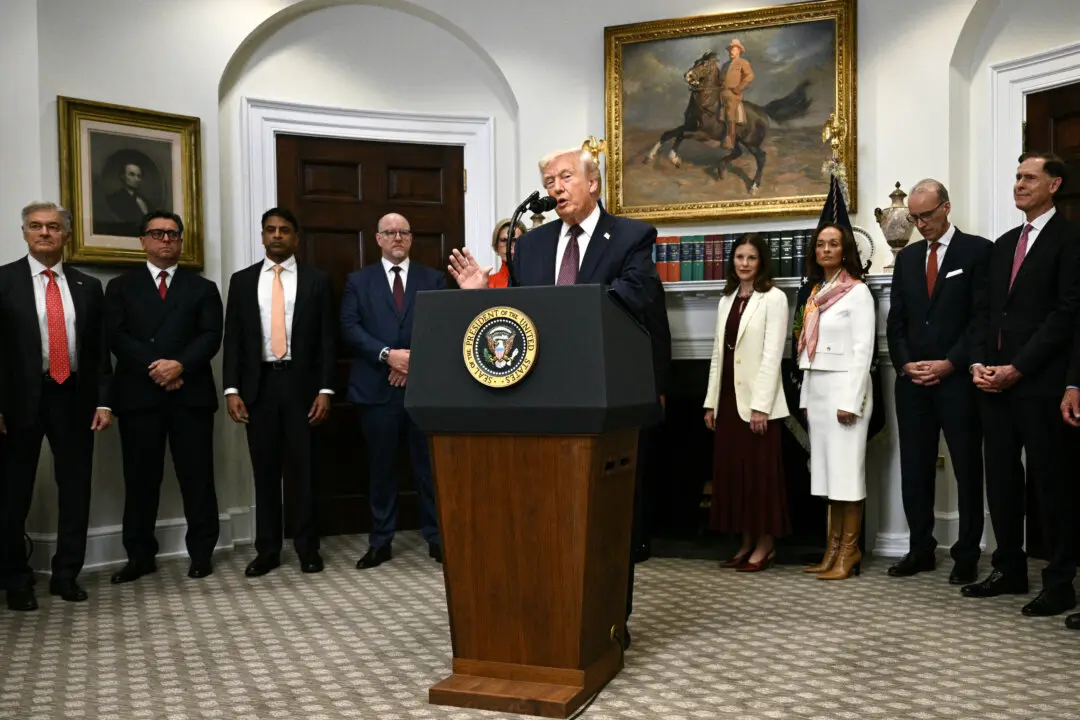Developers in California are navigating new regulations that require solar panels and energy storage on all new commercial construction, with some citing the measures as contributing to delays in the industry.
“Anything that adds to the cost of construction slows development, and these new rules add a lot of costs,” Jack Murphy, a construction foreman in the Bay Area, told The Epoch Times. “We run into problems with finding materials, and getting permits is more complicated than it was before.”





